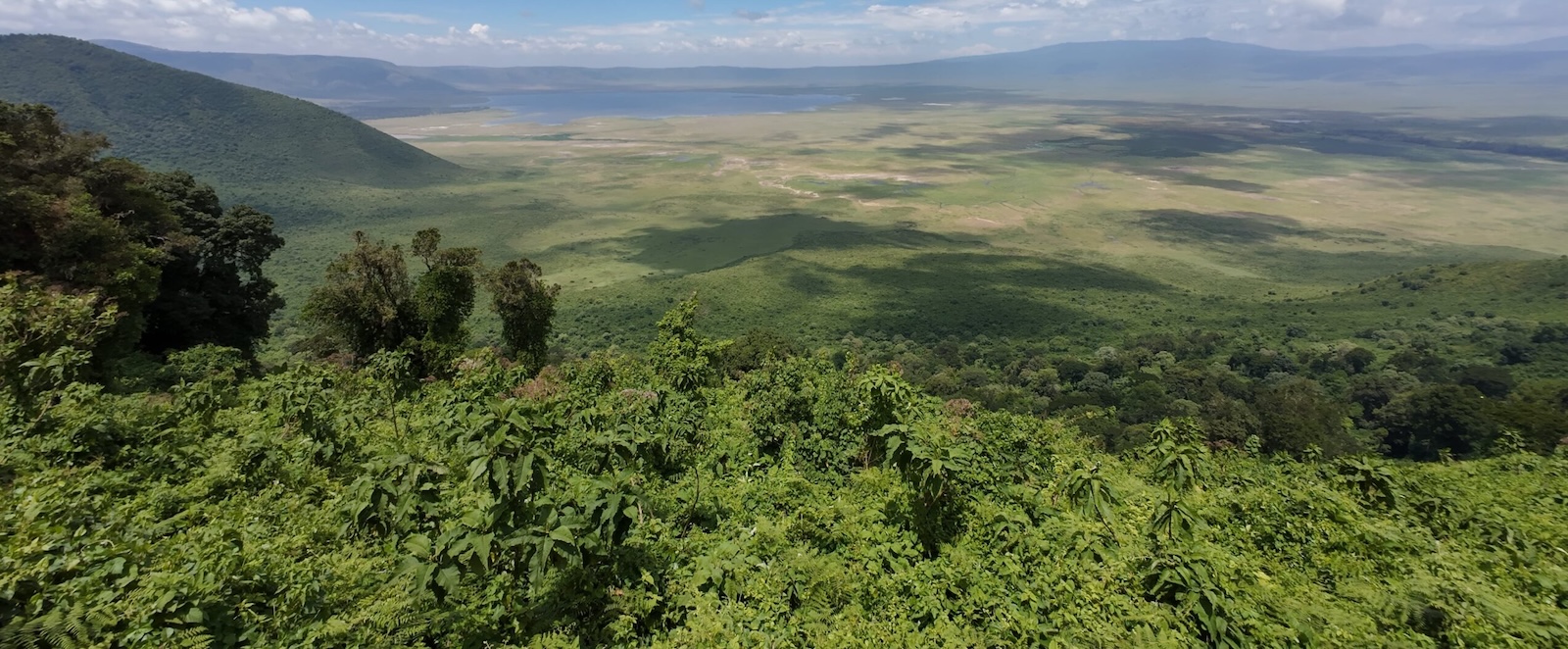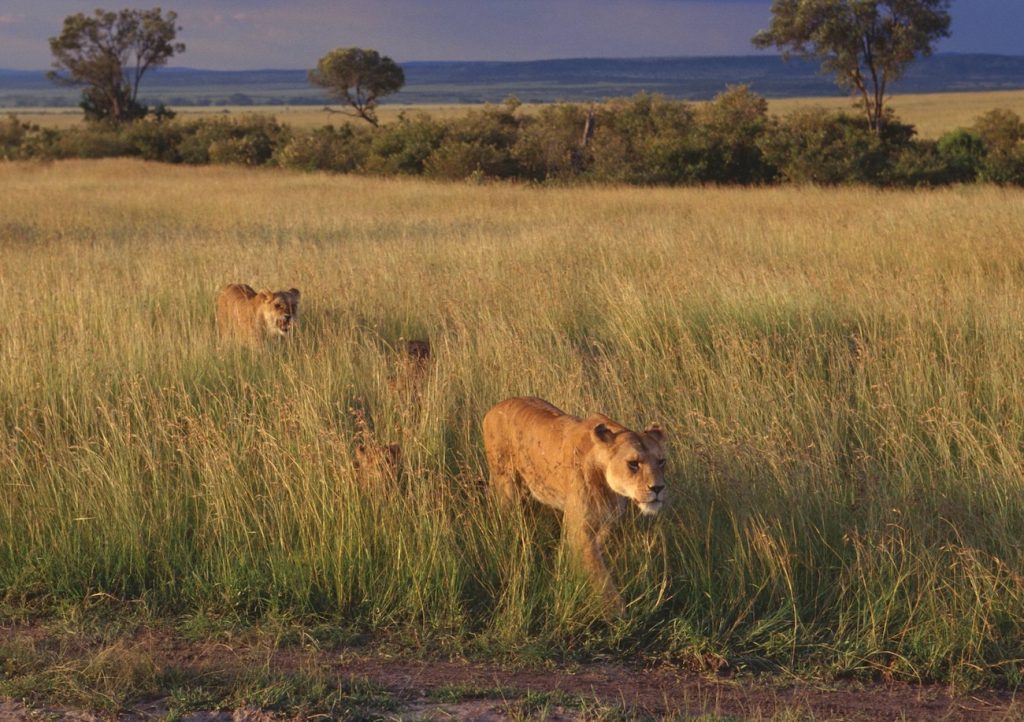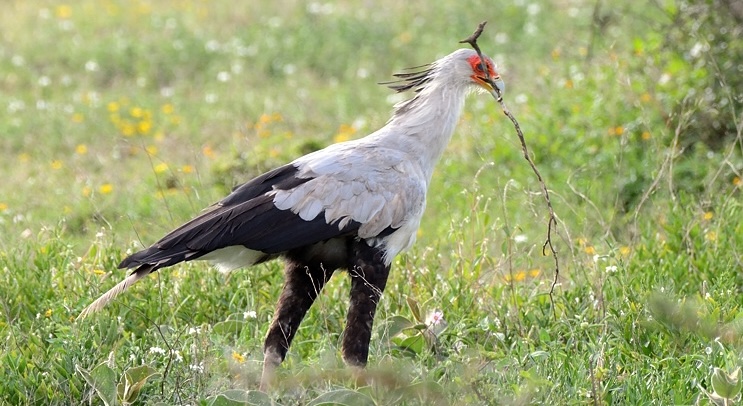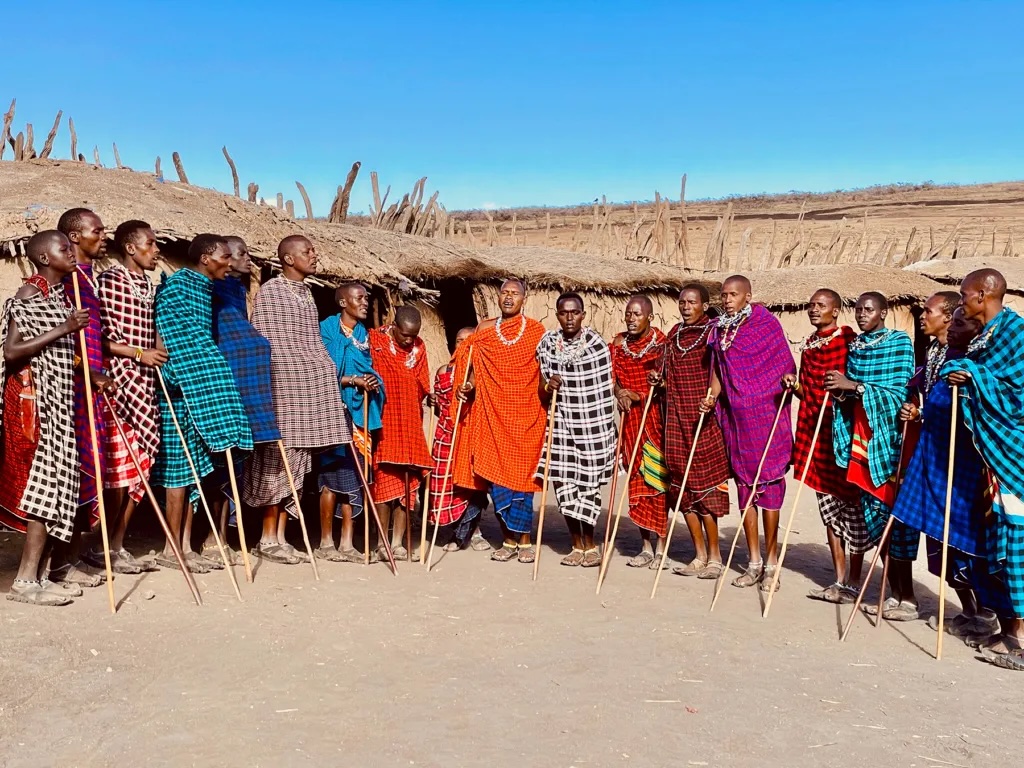Imagine standing on a rim 2,200 meters high, gazing into a sunken bowl 260 km² wide, where lions stalk zebras, rhinos graze in the mist, and flamingos paint soda lakes pink—all under the watchful gaze of ancient volcanic walls. That’s Ngorongoro Crater, Tanzania’s crown jewel and a UNESCO World Heritage Site that feels like Earth’s own wildlife arena. Nestled in the Ngorongoro Conservation Area (NCA), this isn’t just a park—it’s a living, breathing ecosystem where Maasai herders and wild beasts coexist in a landscape forged by fire millions of years ago.
At Safari Desire, Tanzania & Kenya, we’re peeling back every layer of this “Eighth Wonder of the World” in this ultimate guide—why it’s a safari must, what roams its floor, where to crash, and how to soak it all in. Whether you’re chasing the Big Five, snapping epic shots, or craving Maasai stories, Ngorongoro’s got your adventure. Let’s drop into Tanzania’s volcanic paradise.
Why visit the Ngorongoro Crater?
Ngorongoro Crater isn’t your average safari stop—it’s a natural amphitheater of raw power and beauty. Picture a caldera 19 km across, its 600-meter walls cradling a floor so packed with life it’s nicknamed “Africa’s Garden of Eden.”
Here, you’ve got the world’s densest population of lions—over 60 in tight-knit prides—plus all five of the Big Five (elephants, rhinos, leopards, buffalo, lions) in one tight 100-square-mile space.
No other park delivers this kind of wildlife punch in such a compact zone. From Arusha, it’s just 180 km—a 3-hour drive—making it a breeze to hit after Serengeti or before Manyara. Unlike sprawling reserves, the crater’s enclosed setup means animals don’t wander far—your game drive’s practically guaranteed to deliver rhinos, cheetahs, or hippos within hours.
But it’s more than wildlife…
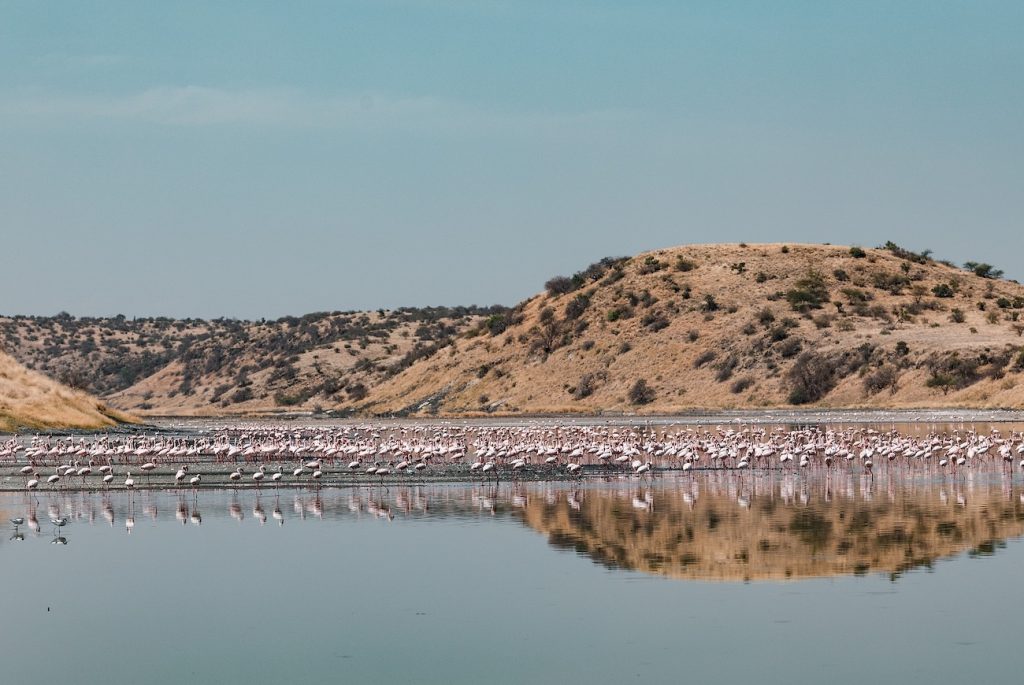
The crater’s a geological showstopper, born from a volcano taller than Kilimanjaro that blew its top 2-3 million years ago. Those sheer walls trap a timeless vibe—Maasai in red shukas herd cattle past grazing wildebeest, their chants mingling with hyena cackles. You’ll spot flamingos on Lake Magadi, hear servals slink through Lerai Forest, and feel the highland breeze at 2,200 meters.
It’s less crowded than Serengeti’s peak-season chaos, offering intimate moments with nature and culture. Add game drives, rim walks, and Maasai boma visits, and Ngorongoro’s a masterclass in why Tanzania’s Northern Circuit reigns supreme. Ready to see what makes this crater a global icon?
Ngorongoro Crater’s History
Ngorongoro’s story is ancient, etched in stone and bone. Long before it was a park, early hominids like Homo habilis roamed here—Olduvai Gorge, just 30 km away, coughed up 1.8-million-year-old fossils that rewrote human history.
The Maasai arrived centuries ago, calling the crater “El-Nkoronkoro” (gift of life), grazing cattle across its floor alongside lions and rhinos in a balance that still hums today. In the 1890s, German colonist Adolf Siedentopf farmed the crater, his wheat fields bizarrely sharing space with wildebeest until World War I kicked him out.
By 1928, British rulers banned settlement to protect the wildlife, and in 1951, the broader Serengeti-Ngorongoro area became a national park—though Maasai grazing stuck around.
The real pivot came in 1959, when the Ngorongoro Conservation Area (NCA) was carved out, splitting it from Serengeti to let Maasai and wildlife share the land—a rare setup globally.
The crater itself was sealed off for vehicles only, preserving its pristine core. In 1979, UNESCO slapped a World Heritage badge on it, crowning it a global treasure for its geology and game. Conservationists like Bernhard Grzimek pushed its fame, while the NCA’s balancing act—tourism, Maasai rights, wildlife—keeps it dynamic. Today, it’s a time capsule where you’ll hear Maasai songs, spot black rhinos, and feel the weight of 3 million years in every dusty gust.
Geology & Climate of Ngorongoro Crater
Ngorongoro Crater is a geological marvel, a caldera born when a volcano bigger than Kilimanjaro collapsed 2-3 million years ago after a cataclysmic eruption. That left a bowl 19 km wide, 600 meters deep, and 260 km² across—one of the world’s largest unbroken calderas.
Its walls, rising to 2,200 meters, trap a microcosm of habitats: grassy plains, acacia woodlands, soda lakes, and freshwater springs. Lake Magadi shimmers in the center, fed by rains and underground streams, while Lerai Forest’s yellow fever trees hide leopards. Gorigor Swamp and Mandusi’s marshes draw hippos and flamingos, and the Ngoitokitok Spring bubbles with life—elephants love its muddy baths.
The crater’s part of the NCA’s 8,292 km², a volcanic highland chain with cousins like Olmoti and Empakaai craters nearby.
Climate’s a highland mix—cool, misty mornings and warm days at 1,800-2,200 meters elevation.
Dry season (June-October) hits 20-28°C (68-82°F) with clear skies—perfect for spotting game and the rim’s epic views. Nights dip to 8-12°C (46-54°F), so pack a jacket for those campfire nights.
Wet season splits into short rains (November-December, 400 mm) and long rains (March-May, 700 mm), turning the floor lush but muddy—roads stay decent, thanks to NCA upkeep. June and September are sweet spots—crisp, green, and less packed. The crater’s altitude keeps malaria low, but fog can cloak the rim at dawn, adding a mystical vibe to your drive down. It’s a land shaped by fire, cooled by altitude, and alive with possibility.

